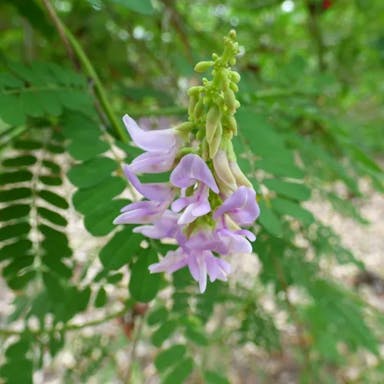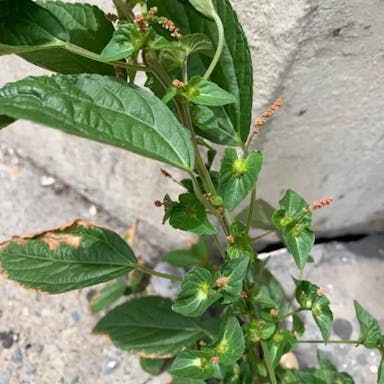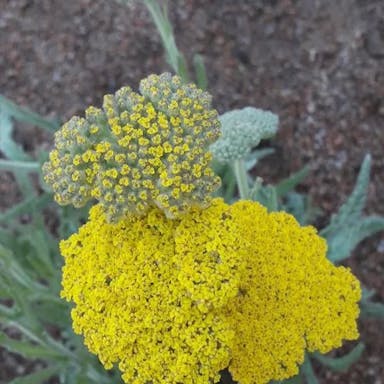Dead horse arum, also known as Helicodiceros muscivorus, is a lonely plant that is native to the Mediterranean region. In the US, it is found in parts of southeast states, for example Florida and Georgia. The plant is known for its unique and unpleasant smell, which attracts flies for pollination.
The flowering occurs in spring and early summer months, from April to June. At this time, the plant yields a big cluster, that is composed of a main section surrounded by a leafy part. The flowers look their best at this time, showing their bright colors and shape.
The flowering lasts around two to three weeks. The flowers appear slowly, with the first opening initially and the rest following. This pattern ensures continuous display of flowers during the blooming time.
To support longer blooming, it is vital to furnish appropriate conditions. The plant grows in moist, free-draining soil and favors some shade to full sunlight. Sufficient water and regular food can also help extended blooming. However, it is challenging to grow and may not bloom readily in cultivation like in nature.












